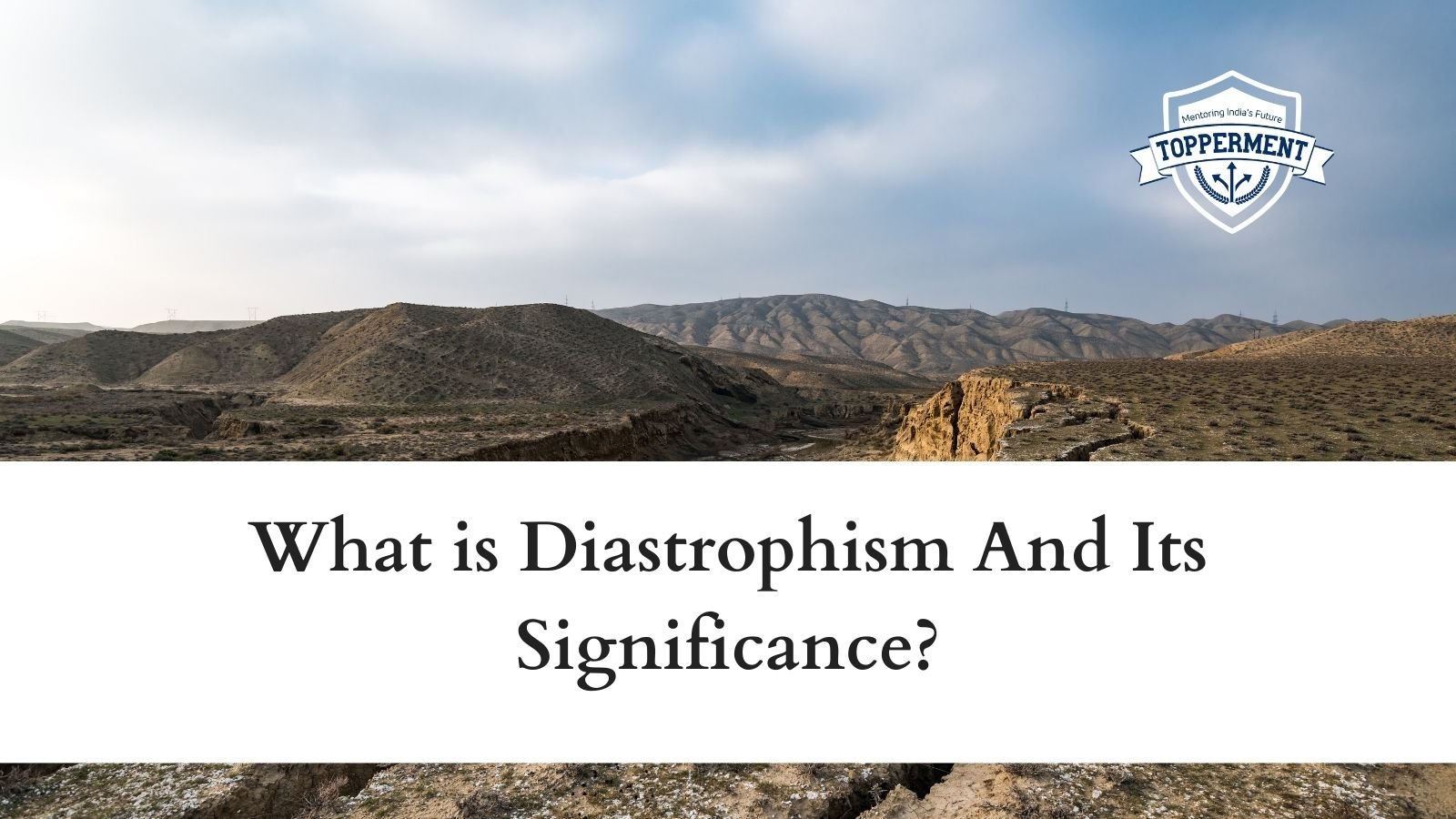Diastrophism is a process that moves, elevates, or deforms the earth’s crust due to deforming movements. Today we will be discussing in detail Diastrophism and its significance.
Diastrophism is also called deforming movements or slow movements. Because of diastrophic movements such as folding, faulting, warping, and fracturing. It encompasses all the processes that move, elevate, or build up sections of the earth’s crust. The changes are slow and can they last for thousands of years.
Diastrophic movements or slow movements are further classified into orogenic and epeirogenic movements. The orogenic movements include mountain building through extreme folding and influence long and narrow religions of the earth’s crust, among them. The Epirogenic movement includes the movements that form continents, and they are known as radial movements because they act along the radius of the earth.
There are various theories that cause diastrophic movements such as being the result of pressures exerted by the currents in the mantle or the rise of magma through the crust. The other movements are caused by meteorite impact and combinations of gravity and erosion such as landslides and slumping.
Diastrophism includes tectonic movements and plate tectonics. Diastrophism explains the high number of endemic species and the biodiversity of both plants and animals on the continent. The obvious evidence of diastrophic movement can be seen where sedimentary rocks have been bent, broken, or tilted.
So this is all about diastrophism and its significance. Diastrophism happens very slowly for almost thousands of years and it leads to the formation of the continents.
Also Read
Follow Us For More Content On:
https://www.instagram.com/topperment/


